Support
The role of customer support teams is evolving. In the post-GPT era, powered by AI and analytics, customer support is no longer just a first line of response to customer queries. Customer support is truly shaping to be the interface between the customer and development teams, driving product decisions through a precise understanding of customers' voices.
The DevRev Support app is an AI-powered tool for live chat and ticket management that fosters a culture of support in your company.
🎥 Video: Support Overview
👉 Getting started
The most important first step in getting started with any DevRev app is to describe the structure of your product in Trails. Because all work is associated with a part, you need to define the parts of your product.
Vistas are lists of objects that can be sorted, grouped, customized, saved, and shared. Updates show activity on objects that are relevant to you. These are general capabilities of DevRev that are useful for Support as well as for other purposes.
💬 PLuG
The PLuG platform offers a GPT-powered chatbot that provides the first line of response from articles uploaded into your knowledge base with the Smart import KBs snap-in.
You can also customize the PLuG widget to make announcements or highlight something to your customers.
📨 Inbox
The Support Inbox is where conversations started by your customers appear—whether they use PLuG, email, Slack, or another integration.
The Auto-routing snap-in enables you to set keyword-based rules about who is assigned ownership of conversations as they come in.
Slash commands are available in conversations to provide AI assistance to customer experience engineers. To get a list of the available commands, type / in a conversation response text box.
🎫 Tickets
The benefit of AgentOS is that conversations can be linked to support tickets, and tickets can be linked to build issues. This linkage means that all work can be traced back to customer concerns or requests.
Slash commands are available in tickets to provide AI assistance to customer experience engineers. To get a list of the available commands, type / in a ticket discussion text box.
📈 Insights
The Support Insights vista collects and displays data about conversations and tickets. You can use this visualization to identify trends and concerns in your customer support process.
